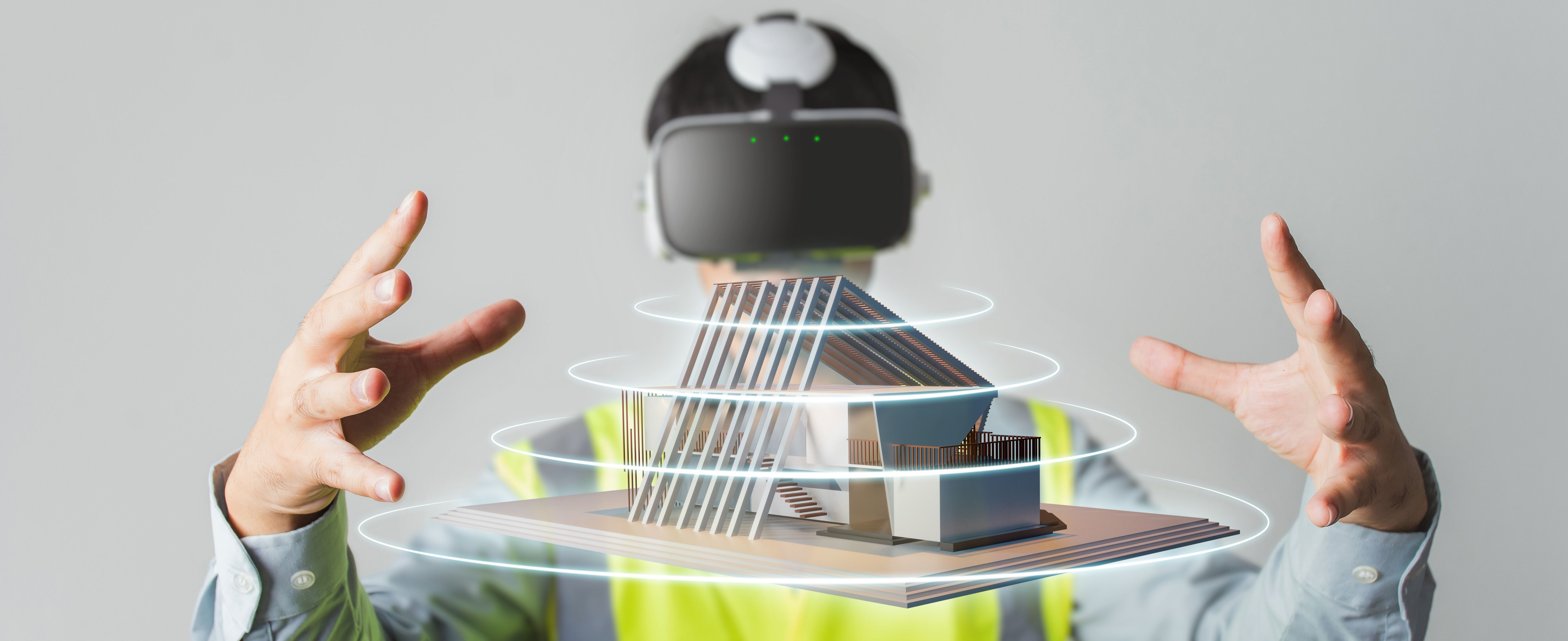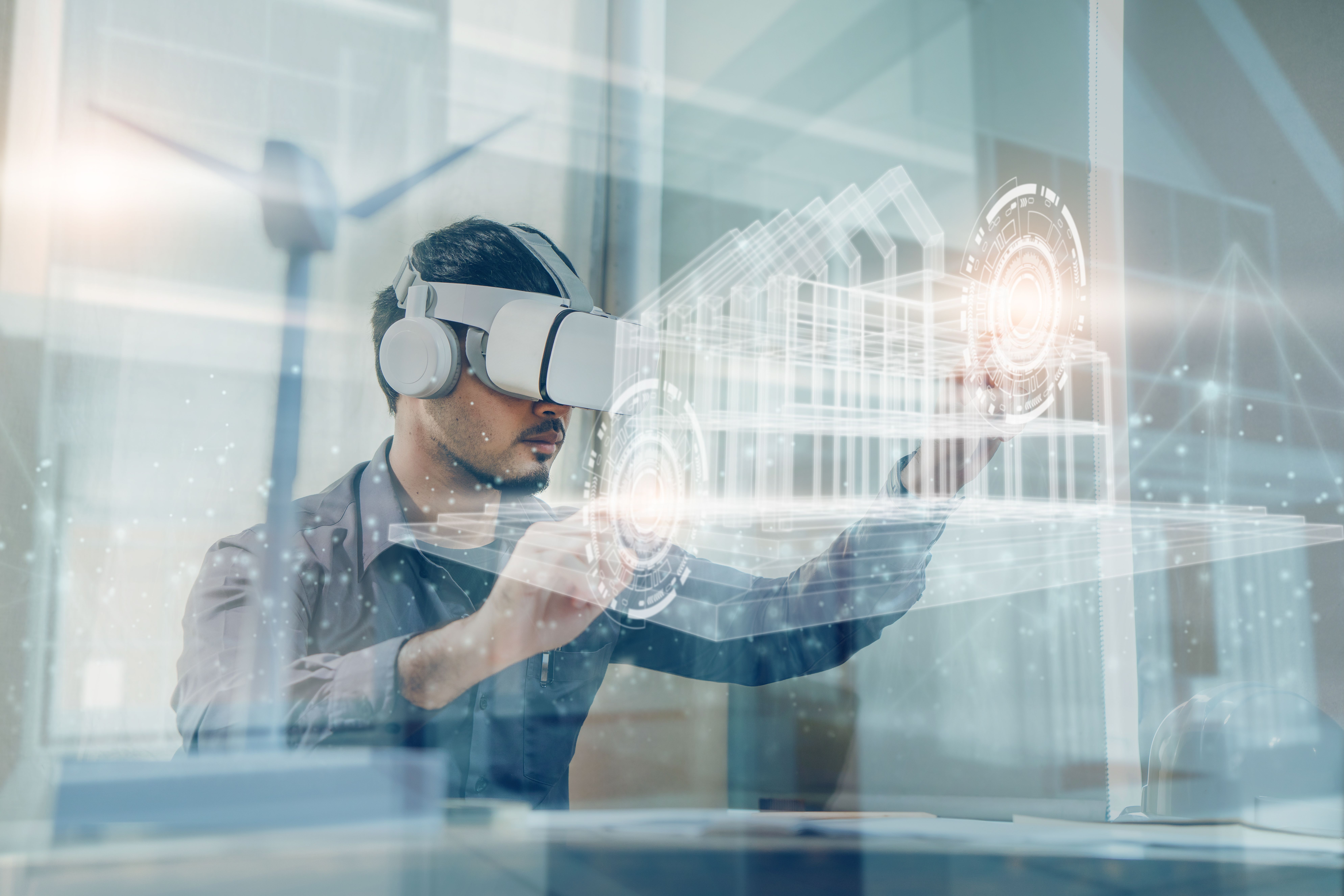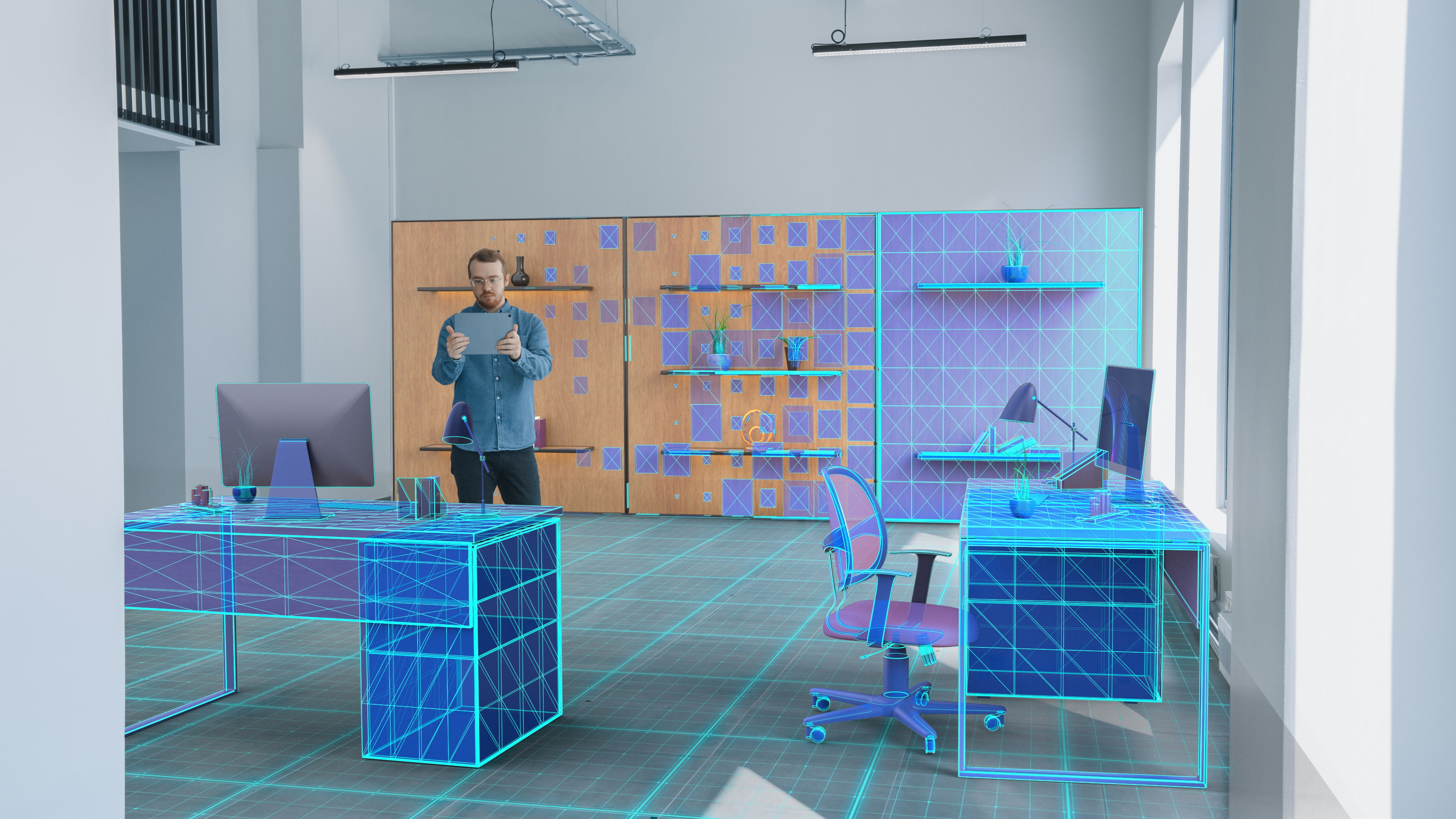In the world of architecture, augmented reality (AR) and virtual reality (VR) technologies are revolutionizing the way design teams approach a project. From increased accuracy and precision in design to create more immersive experiences for clients, AR/VR technologies are transforming how architects work. Let’s take a look at how these technologies are transforming architectural workflows.
Increased Accuracy and Precision in Design and Construction
By integrating AR/VR technologies into their workflow, architects can achieve greater accuracy when designing or constructing a building or other structure.
Besides creating accurate 3D models that can be used throughout the entire design process, AR/VR tools allow architects to visualize the completed structure before any construction begins, ensuring that the finished product will match the original concept.
This level of accuracy leads to improved efficiency during construction and fewer surprises later on down the line. Vection Technologies provide extended reality solutions for architects and developers needing efficiency.
Reduced Time and Cost of Design, Review, and Coordination
Integrating AR or VR technologies also means that projects can be completed faster and with less expense.
Using these technologies to create 3D models of structures from start to finish means there is no need for costly site visits or lengthy wait times for revisions from stakeholders. Additionally, this process allows for more efficient collaboration between team members since everyone is working off of an up-to-date version of a project model.
Greater Ability to Visualize and Test Designs Before Construction Begins
One of the major benefits of incorporating AR/VR tools into a project is that it allows designers to create realistic visuals that can be tested before any construction takes place.
This gives them unprecedented control over their designs since they can make real-time changes without going back to square one every time something needs altering.
The ability to test out different scenarios also eliminates much of the guesswork associated with new designs since designers can get immediate feedback on how their creations will look when they’re finally built.
More Immersive Experience for Clients and Stakeholders
Finally, one major advantage of using AR/VR technology is that it provides clients and stakeholders with a more immersive experience when reviewing projects or exploring potential designs.
By providing them with an interactive environment rather than just static images or videos, designers can give their clients a better understanding of what their project will look like before any physical construction begins—allowing them to make informed decisions based on actual data than just gut instinct.
Faster Decision Making
Introducing AR or VR technologies in design and manufacturing allows architects to make strategic decisions faster, speeding up all processes and increasing revenue. For example, Vection Technologies' Mindesk allows you to connect with Rhino3D, Grasshopper, Solidworks, and Autodesk Revit projects to deliver efficient workflows.
Consequently, you can experience projects at different scales with Mindesk that make better and faster your decision-making processes when it comes to architectonic developments.
How to Introduce VR and AR in your Workflows
Augmented reality (AR) and virtual reality (VR) technologies are becoming increasingly popular in various industries, and architecture is no exception. These immersive technologies can offer several advantages in terms of design and visualization.
However, integrating AR/VR into traditional workflows can be a challenge. Here are six tips to help architects get started:
Define the goals and objectives: What problem are you trying to solve? What do you hope to achieve by using AR/VR?
Identify the right tools: There are a variety of AR/VR platforms and applications available, so it's important to choose the right one for your needs. Visit our website to learn more.
Consider the user experience: How will users interact with the AR/VR content? Will they need to use special hardware or software?
Create a prototype: A prototype can help you test the AR/VR experience and get feedback from users before launching the final product.
Evaluate the results: Once you've launched your AR/VR application, take some time to evaluate its performance and make any necessary adjustments.
Keep up with the latest trends: AR/VR technology is constantly evolving, so it's important to stay up-to-date with the latest trends and developments.
Conclusion
Using AR/VR technology in architecture has changed the game when it comes to designing buildings or other structures, allowing teams greater accuracy in design while reducing time spent on revisions or site visits significantly.
By giving architects greater control over their creations while simultaneously creating an immersive experience for clients and stakeholders alike, this technology is transforming architectural workflows across the globe, making it easier than ever before for architects to create stunning structures quickly and efficiently.
With these advancements leading towards even better possibilities in future projects, it’s safe to say that this trend will only continue gaining momentum moving forward! Contact us if you're ready to adopt these technologies in your workflows.


